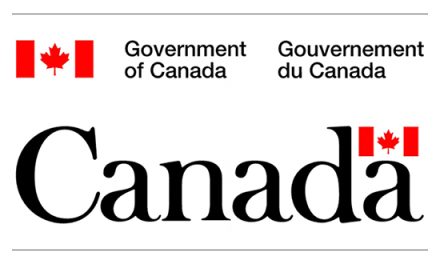Canada is on track for its first year of positive office leasing activity since before the pandemic, with six of 10 major markets recording net positive demand in the third quarter. Toronto led the way, with over 650,000 square feet of positive net absorption, split between downtown and suburban buildings. However, softness in Montreal, Vancouver, and Ottawa saw overall office vacancy rates rise quarter-over-quarter.
Suburban markets continued to show improvement for the fifth straight quarter, with the national suburban vacancy rate falling one-tenth of a percentage point to 17.3%. Meanwhile, the national downtown vacancy rate rose three-tenths of a percentage point to 19.7%. Seven Canadian cities recorded declining suburban vacancy in the third quarter, led by London, Toronto, and Calgary. Four markets — Edmonton, Calgary, Waterloo, and Winnipeg — had lower downtown vacancy.
CBRE national research managing director Marc Meehan said a gap is emerging between older office buildings, where demand is lagging, and “trophy assets,” which are the top tier of space within Class A, typically the newest and most state-of-the-art properties. Vacancy rates for trophy assets fell one-fifth of a percentage point in the quarter, led by demand in Calgary and Toronto. Trophy vacancy reached the lowest level in nearly four years, suggesting that demand could flow to the next quality tier of buildings, especially those well-located and with in-demand amenities.
Another key indicator of office market health, sublet space, declined for a fifth consecutive quarter since mid-2023, with the current 14.8 million square feet of national sublet space being the lowest level seen in nearly two years, equal to three per cent of Canada’s total office space inventory.
Source: Globa News
Source: CTV News
Source: BNN Bloomberg











